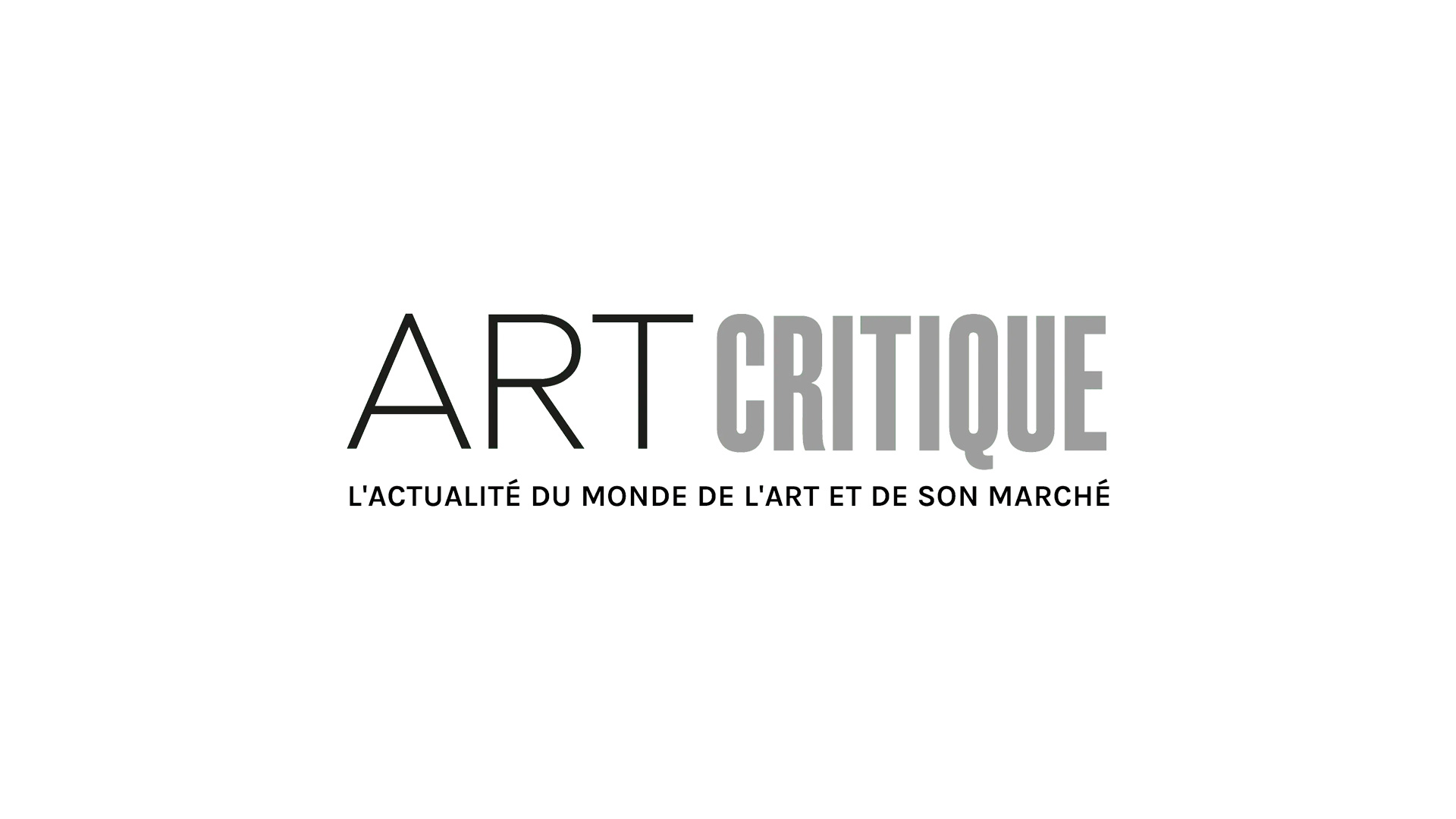Memorial statues have become a point of contention in the US in recent years, specifically those that perceivably glorify the triumphs of some at the cost of others. Statues from the American Civil War period have received particularly strong criticism leading to their defacement, protests, and in some cases, their removal. One well-known statue, though, is currently getting a different treatment.
The Equestrian Statue of Theodore Roosevelt, commissioned in 1925 and erected in front of the American Museum of Natural History, yep the museum that came to life in Night at the Museum, is at the forefront of the discussion over statues with a new exhibition. ‘Addressing the Statue’ is asking the public for their commentary on the statue and their thoughts on how the statue should be handled and addressed. Sitting in front of the museum, the statue, though beautifully rendered, depicts a scene that can be interpreted in many ways depending on who you talk to. US president Theodore Roosevelt, once the governor of New York, sits atop a horse flanked on one side by a Native American man and on the other, an African man. To some, it is a symbolism of unity but to others, it represents and glorifies a history of oppression and colonialism.
‘I was always known as the guy with that really obnoxious statue outside of his museum; I’ve never liked it,’ said David Hurst Thomas, curator of anthropology for the museum, in an interview. ‘We’re supposed to be building some bridges into indigenous communities, and this is a tough way to do it. But that said, I don’t think that we ought to just blow it up. I think it’s a statement in time about where the museum was.’
In 2017, the statue was smattered with red paint, similar to 1971 protest, as people called for the statue’s removal because of Roosevelt’s history. The most recent defacement led to the city creating a commission to decide what the fate of the statue would be. In the end, the committee was evenly split on what to do so with it so it has remained in its place, albeit with added context. ‘Addressing the Statue’ then developed out of this non-decision and addition of historical context. The museum hopes that the exhibition, although temporary, will contribute to visitor’s understanding of it but that it might give visitors a voice as to how the statue might be handled in the future. The exhibition doesn’t set out to come up with the answers for concerns about the statue, but Lauri Halderman, vice president of exhibitions, hopes the exhibition will act as a ‘springboard’ for the dialogue around the statue.
‘It’s more important to tell the truth about the president – pleasant or unpleasant – than about anyone else.’ That quote from Roosevelt, himself, greets visitors to the exhibition. While Roosevelt may have never anticipated his words would be used in association with him they; however, they set the tone for the exhibition: one that asks everyone to create a conversation around issues, even those that are difficult.





